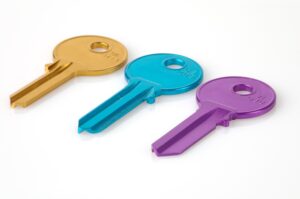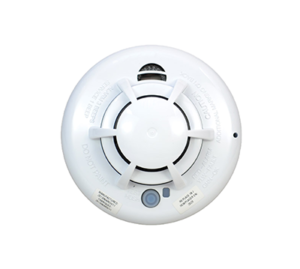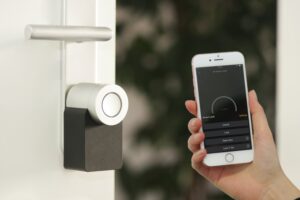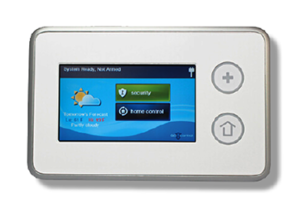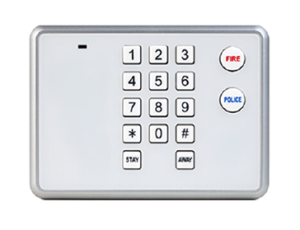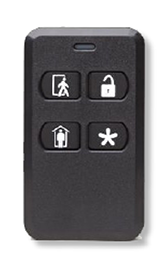Home Security: Let’s talk about it!
The main benefit of having home security is to keep your property protected. That can come in a number of ways. Luckily most security systems can be customizable. Nowadays we can monitor everything from glass breaks to floods. This is accomplished by using a variety of sensors. However, today I just want to cover the basics of home security.
Control Panel
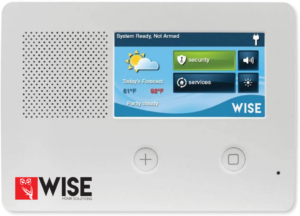
Nearly all security systems come with a security panel. This panel is essentially the brain of the system. Through the panel you are able to control everything. You are able to arm and disarm the alarm. You can check who comes in and out. What was captured on the cameras. What doors were opened etc. What’s also nice is that most, if not all systems come with an app so everything you can do through the panel you can do through your phone! Check out the GC2 Security and Control Panel!
Doorbell Camera
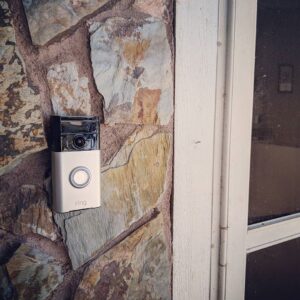
These are nearly a necessity in this day and age. Most people love their doorbell camera because It’s a great visual deterrent. They also have the added benefit of being able to talk through them, check on packages, what time your kids get home, and who’s visiting. According to Amazon, you can see “a live video feed of what’s happening at your front door at any given moment.”
Door sensors
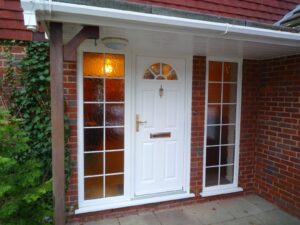
Door sensors are the devices that secure entry points. They help protect you from intruders getting in, as well as alert you as to when a door does open. They only set off the alarm if your system is armed. If your system isn’t armed it will let you know what door is being opened. It can let you know if anyone is sneaking in or out. Your kids won’t be a fan of this one 😉
There’s all sorts of devices you can add to customize your home security to the max! These are just the basics. If you have any questions or want to get started on your security system reach out to us through 844-904-9473!


